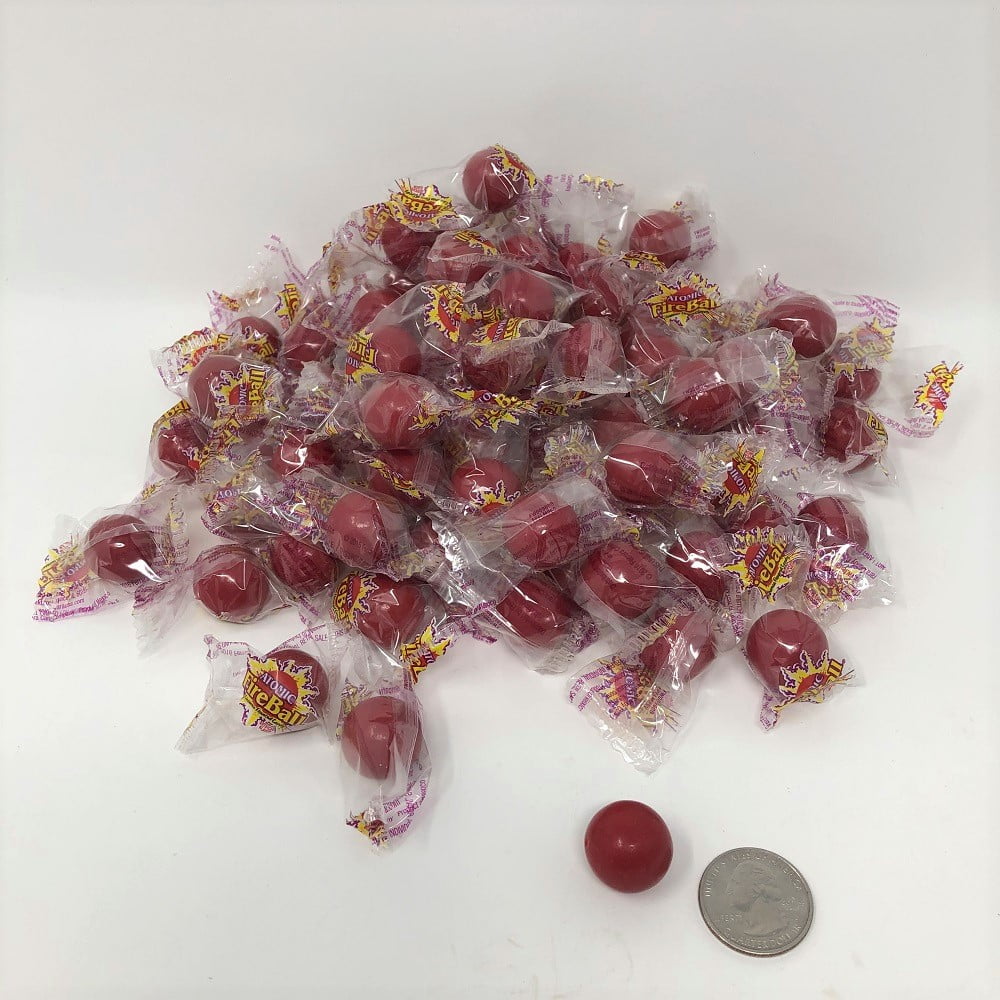

Boron-11 has 6 neutrons and Boron-10 has 5 neutrons. Boron has two isotopes, represented by the red M&M’s.**The different sized candies represent different isotopes of the same element (same color candy). Make a pile of 4 red pretzel M&M’s and 1 red chocolate M&M.How do isotopes affect the average atomic mass of an element? What is the average atomic mass of an element?.The actual number of protons and neutrons in an individual atom is called a mass number.An individual atom won’t have a mass equal to the average atomic mass, but individual atoms are rarely dealt with. It is a weighted average and usually contains several decimal places. Since each isotope has a different weight, it becomes useful to look at the average weight of an atom this is called average atomic mass. Elements can have a variety of isotopes, and a sample of an element will contain a mixture of those isotopes.The number of neutrons will affect the mass of the atom. Isotopes are atoms of the same element with different numbers of neutrons.If you wish to allow students to eat the M&M’s after completing the activity, do not complete this activity in the lab or have a separate supply of candy separate from that used in the activity that can be eaten outside the lab.The AACT simulation Isotopes & Calculating Atomic Mass could be used as an extension activity for students after completing this introductory hands-on activity.This could be simplified by working through the calculation of average atomic mass with the students. This could be done at a higher level by incorporating elements with more than two isotopes.Students will use real mass numbers to calculate the atomic mass of two elements. The M&M’s are used as visual aids to represent real world ratios in terms of smaller or larger atoms.large green is an atom of chlorine 37 for example). green is chlorine for example), the size (bigger or smaller) represents the qualitative weight of the isotope (small green is an atom of chlorine 35 vs. The color represents the element (red is boron vs. Students will be using different sized M&M’s to represent different isotopes of an element.Candy can either be purchased by teacher or brought in by students.Other colors of M&Ms can be used, but the Student Handout will need to be adjusted to reflect the colors used.Green & Red M&Ms can be purchased around the holidays more easily! The actual number of protons and neutrons in an individual atom/isotope is called mass number. An individual atom won’t have a mass equal to the atomic mass, but individual atoms are rarely dealt with. Since each isotope has a different weight, it becomes useful to look at the average weight of an atom – this is called atomic mass. Having additional neutrons makes an element slightly heavier. Prior to the activity, students should be familiar with basic atomic structure (protons, neutrons, electrons) and have been introduced to the concept of isotopes.

Be mindful of food allergies and take proper precautions.Students should wash hands before and after activity.Lab tables should be washed before and after activity.



 0 kommentar(er)
0 kommentar(er)
